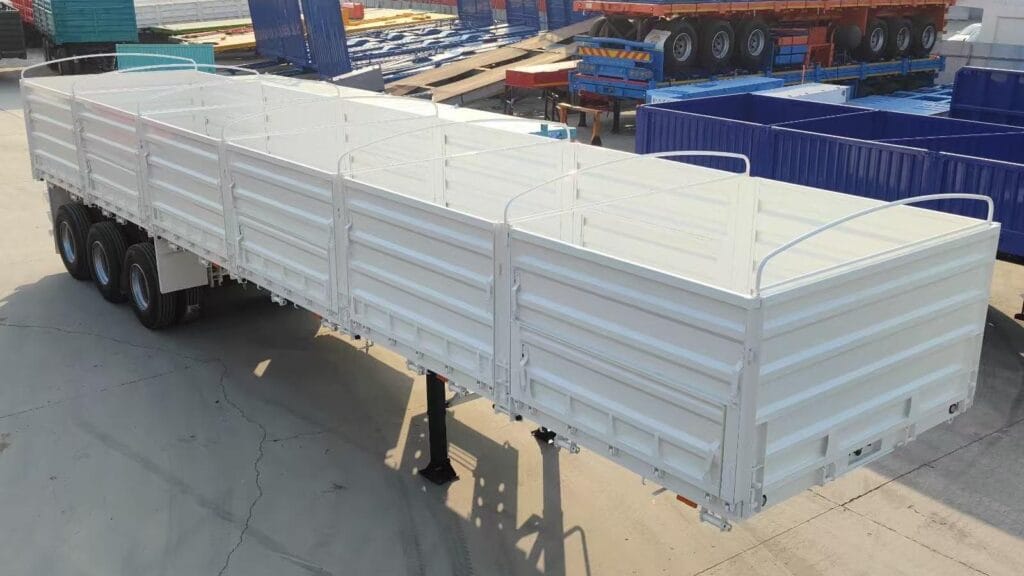
First, a monthly routine inspection:
① Regarding leaf springs: Check if there is any breakage;
② Regarding brakes: Check if the brakes are working properly and sensitive. If there is wear, replace them in time;
③ Regarding brake drums: Check if there are any cracks or wear. If there is, replace them in time;
④ Regarding fasteners: Check the fasteners in key places such as axles, tires, and outriggers. When checking, the screws, nuts, and other components at the fasteners should be tightened to the specified parameter range;
⑤ Regarding the brake system: Check if the hoses or joints are damaged or missing.

The second is annual routine maintenance:
After the semi-trailer is put into use for six months, a comprehensive vehicle inspection is required every year to ensure that the vehicle’s operating system is intact, and the following points need to be paid special attention to:
① Remove the brake drum, thoroughly check the damage and wear of the brake pads, and deal with them in time;
② Thoroughly inspect the shoe return spring, brake bushing, camshaft sleeve, and brake shoe roller. If damaged, replace them in time;
③ Thoroughly inspect the vehicle structure, axle and axle connection parts and deal with them in time.

The above are some precautions for daily maintenance of semi-trailers. So what are the precautions for operation when driving a semi-trailer?
1. Because the structure of semi-trailers is different from that of ordinary integrated vehicles, the tractor needs to move at a large angle when turning, so pay attention to the wheels of the trailer at all times. When turning, the turning angle of the trailer is at least one meter greater than the distance of the main vehicle. Pay attention to this and you can complete the reversing operation well.
2. If the semi-trailer needs to overtake, then pay special attention here. After overtaking, you cannot return to the original lane immediately, because the semi-trailer has a long body length, so you need to reserve enough safety distance. Here is a knowledge point to share with you. After the semi-trailer overtakes, look at the right rearview mirror. If the rear car’s complete front appears in the rearview mirror, then you can return to the original lane at this time.
3. In winter, if the ice surface is frozen, then skidding may occur at this time, or the rear car body may top the front car, so you cannot accelerate or brake suddenly when the road is slippery.
4. The reversing of the semi-trailer is the most difficult one in the driving process. Generally, it takes about half a year to fully master it. This is mainly because the semi-trailer is reversed in the opposite direction, which is different from the integrated vehicle. Here, you should pay attention not to adjust the steering wheel direction frequently, so that it will be difficult to distinguish the position of the trailer, and try to adjust the angle as much as possible.
5. If you need to park on the side of the road, pay attention to the distance from the front car. Don’t be too close, because if you are too close to the front car when starting, you may rear-end.
6. If you need to change lanes when driving a semi-trailer on the highway, you need to observe the safe distance between the rear vehicle and you and whether the rear vehicle is following closely. If there is a car that is too close to the semi-trailer, you need to speed up slightly to increase the distance from the rear vehicle, and then turn on the taillights to remind the rear vehicle that you are about to change lanes. If the rear vehicle does not give way, you need to let the rear vehicle overtake before you change lanes.

